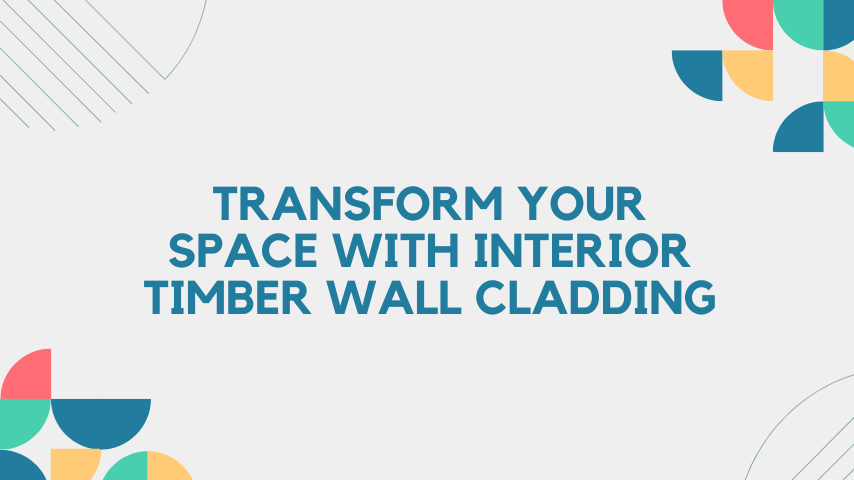Interior timber wall cladding has become a feature in modern homes, popular for its natural beauty, versatility, and associated warmth in texture. Following is an overview of the topic:
Devinition of Interior Timber Wall Cladding
Interior timber wall cladding provides coverage to interior walls with panels or boards made from timber. This cladding is applied on whole walls or used as an accent, providing depth and character to living rooms, bedrooms, hallways, or even bathrooms.
Types of Timber for Cladding
Softwoods: Used predominantly because of their relative cheapness and ease of installation; includes pine, cedar, and fir.
Hardwoods: Hardwood is very hard and consists of plenty of rich textures with a common one being oak, walnut, and maple.
Reclaimed Wood: It is an old eco-friendly aged wood and has lots of character and history in it.
Types of Timber Cladding
Shiplap: It is a thin joint and overlap where tight-fitting produces a neat and linear appearance, and it well goes with not only the traditional but also the contemporary space.
Tongue and Groove: These are close boarded cladding's where boards are fixed directly by wholly interlocking each other to provide a smooth surface, and therefore, it is okay to use this in bringing a seamless.
Board and Batten: Wide boards are mixed with narrower battens to create a vertical, textured effect. Great for adding height and drama to a room.
Rustic/Weathered: Provide a natural, old look that adds charm and warmth to rustic or farmhouse-style interiors.
Advantages of Timber Wall Cladding
Aesthetic Value: Timber cladding brings the beauty of nature indoors, offering warmth and character to any room.
Insulating: Wood naturally has insulating properties that can sustain a cozy temperature inside.
Durability: With proper care, your wood cladding might easily have a life of several years while adding value to your home.
Wood is versatile and comes in a variety of finishes, choices of colors, and textures that suit every interior design preference.
Installation Considerations
Surface preparation: The wall has to be clean, dry, and flat before starting the installation process.
Fastening Methods: This can be fixed by nails, screws, or adhesive, depending on the type of timber and finish intended.
Finishing: Finish by leaving the timber natural, staining, or painting to achieve the desired appearance. It is also important that it should be sealed against moisture or wear.
The Maintenance and Care
Routine Cleaning: Dust and wipe up the coverings of timber walls regularly to be in good condition for appearance.
Moisture Control: Ensure that the timber cladding stays away from excessive moisture so that it does not warp or rot.
Re-finishing: Apply the stain, paint, or sealant as often as required, depending on the finish, in order to preserve the fresh look of the timbers.
Applications in Interior Design
Accent Walls: Put timber cladding on one wall as the focal point for a wall piece in the living rooms or the bedrooms.
Ceilings: Ceiling cladding using timbers provides warmth to big spaces.
Hallways and Entrances: Clad the walls of these areas to create a first impression in style.
Bathrooms and Kitchens: Make a statement by using moisture-resistant timber cladding for these rooms with a touch of nature.
Sustainability
Eco-Friendly Options: FSC certification or reclaimed wood for the timbers used in your cladding so that it is an environment-friendly option.
Energy Efficiency: The insulation properties of timber make your home energy efficient.
Conclusion
Interior timber wall cladding is timeless and versatile; it will treat the aesthetic and functional qualities of your environment just fine. The possibilities are endless with timber cladding for bright, fresh interiors in a modern, traditional, or rustic look.
